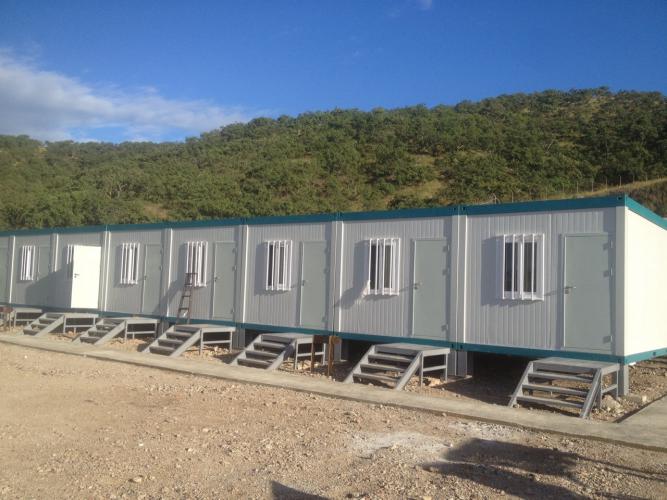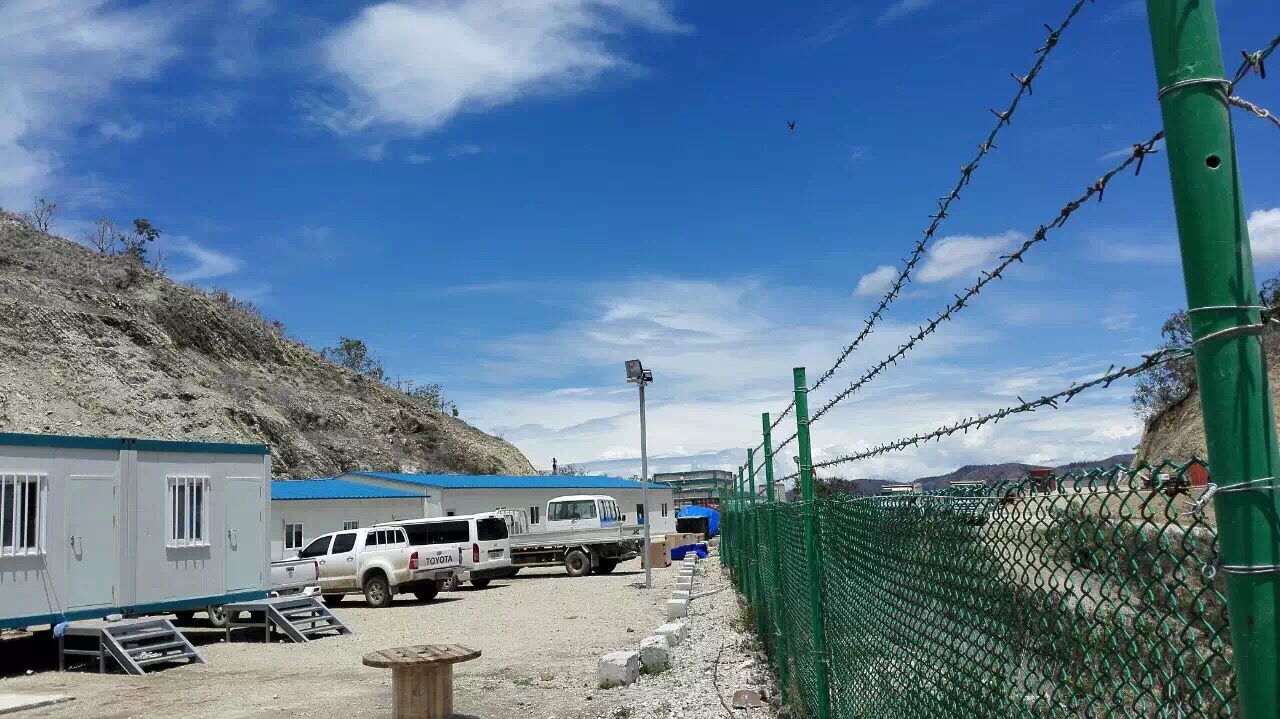Transforming global infrastructure delivery through innovative workforce housing solutions
As global construction markets evolve, international contractors—particularly the 81 Chinese companies featured in the 2024 ENR Top 250 International Contractors ranking—face unprecedented challenges when executing projects in remote, harsh, or otherwise inaccessible environments. Generating $122.97 billion in international revenue, these market leaders must overcome logistical complexity, workforce safety demands, and stringent quality requirements, all while remaining competitively priced and schedule-driven.
Labor accommodation camps are no longer mere “support facilities.” They are strategic enablers of project success. Prefabricated, modular, and turnkey labor camps empower ENR 250 contractors to mobilize rapidly, integrate advanced building systems, and maintain rigorous compliance—resulting in accelerated schedules, optimized costs, and enhanced workforce productivity. This comprehensive article examines market dynamics, technical innovations, operational metrics, and case studies demonstrating why world-class contractors deploy modular labor accommodation solutions as a central pillar of their global delivery strategies.
I. The Strategic Imperative: Why Leading Contractors Invest in Modular Labor Camps
A. Bridging the International Business Ratio Gap
Despite Chinese contractors securing the highest count of ENR 250 rankings (81 companies), their average international business share sits at just 8.5% of total revenue—far below the 66.9% average achieved by top foreign peers. This disparity underscores the need for enhanced international capacity, risk mitigation, and cost-effective deployment practices. Labor accommodation camps address these needs by enabling contractors to mobilize teams globally without dependence on local infrastructure, thereby closing the international business ratio gap and unlocking new markets.
B. Aligning with Global Infrastructure Investment Trends
The Belt and Road Initiative (BRI) has committed over $930 billion to infrastructure projects across 149 countries, spanning transportation, energy, and telecommunications. Simultaneously, multilateral development banks and national governments continue to finance remote hydroelectric dams, mining expansions, and energy pipelines. As a result, the global market for prefabricated housing and labor camps is projected to reach $73.84 billion by 2029, at a compound annual growth rate of 7.2%.
Labor camps enable contractors to:
Deploy workforce housing concurrently with civil works
Reduce exposure to local market fluctuations and supply chain disruptions
Demonstrate turnkey capabilities in proposals, improving win rates
C. Addressing Core Industry Pain Points
International contractors must manage a complex web of challenges:
Schedule Acceleration: Traditional site-built camps can delay project start by months.
Quality Control: Remote site labor often lacks trained installers, leading to defects.
Worker Safety & Welfare: Substandard lodging undermines productivity and risks non-compliance.
Cost Containment: Unpredictable local markets can inflate labor and material costs.
Regulatory Compliance: Each country imposes unique building, health, and environmental standards.
Modular labor camps, engineered and tested in factory environments, directly address each pain point, providing standardized quality, rapid installation, and integrated systems for power, water, and communications.
II. Market Dynamics Reshaping Global Construction Accommodation

A. Revenue Distribution by Industry Sector
The ENR 250 contractors derive the largest share of their international revenue from four major sectors: transportation, building construction, petrochemicals, and power engineering. A horizontal bar chart below illustrates 2024 revenue distribution
ENR 250 International Contractors: Revenue Distribution by Industry Sector (2024)
:
| Sector | Revenue (USD B) | Percentage |
| Transportation | 154.55 | 30.90% |
| Building Construction | 96.98 | 19.40% |
| Petrochemicals | 81.09 | 16.20% |
| Power Engineering | 51.95 | 10.40% |
| Other Sectors (Total) | 100.43 | 23.10% |
Chart 1: Revenue Distribution by Industry Sector among ENR 250 International Contractors (2024)
Transportation projects—railways, highways, airports—often traverse remote regions without existing worker housing. Similarly, petrochemical and power engineering works involve large-scale, multi-year field operations requiring stable, compliant accommodation. Labor camps tailored to these sectors enhance operational continuity and ensure contractors meet tight performance guarantees.
B. Regional Market Penetration
ENR data reveals significant opportunities across key markets:
Asia: $895.8 billion total contractor revenue (17.9% share), with Chinese firms capturing 55.8% of that regional market.
Africa: $524.8 billion total revenue (10.5%), led by Chinese contractors at 56.8% share.
Middle East: $644.5 billion (12.9%), where Chinese companies hold 25.3%.
Latin America & Caribbean: $344.8 billion (6.9%), a burgeoning region for infrastructure and energy projects.
Labor accommodation camps prove instrumental in these regions by pre-validating designs against local regulations, providing turnkey logistics solutions, and enabling contractors to bypass limited local construction capacity.
III. Defining Labor Accommodation Camps & Core Components
A. Primary Functions
Labor accommodation camps serve as fully integrated temporary communities, providing:
Dormitories: Single, double, or shared units with climate control and sanitary facilities.
Operational Offices: Administrative buildings, conference rooms, and management quarters.
Dining & Recreation: Canteens, kitchens, gyms, and communal spaces to support worker morale.
Medical & Emergency: On-site clinics, isolation rooms, and first-aid stations ensuring compliance with occupational health standards.
Utility & Storage: Workshops, warehouses, and maintenance sheds necessary for ongoing operations.
B. Nine-System Integrated Approach
Leading manufacturers categorize camp products into nine systems, enabling clients to “order a menu” of required components:
Building System: Modular housing, offices, laboratories.
Water Supply & Drainage: Tanks, pipelines, treatment units.
Electrical Power: Transformers, generators, distribution panels.
Weak Current (Communications): Telephony, data networks, CCTV.
Fire Protection: Alarms, sprinklers, extinguishers.
Security: Fencing, access control, surveillance systems.
Medical & Rescue: Emergency equipment, first-aid supplies.
Road & Traffic: Internal roads, parking, pedestrian pathways.
Environmental: Waste management, landscaping, green infrastructure.
This holistic approach streamlines procurement, ensures interoperability, and accelerates on-site integration.
IV. Technical Excellence & Product Innovation
A. Modular Construction Advantages
Speed of Deployment
On-site assembly in 24–48 hours per building block.
Concurrent site preparation and factory production, reducing overall schedules by 30–50% compared to conventional builds.
Factory Quality Control
ISO-certified production ensures consistent material quality and workmanship.
Multi-stage inspections and performance testing (structural load, wind, water tightness) mitigate field rework.
Cost Efficiency
Scalability & Reusability
Units designed for multiple redeployments across projects, maximizing asset utilization.
Interlocking and stackable modules support camp expansion or reconfiguration.
B. Product Categories & Key Specifications
| Product Type | Key Features | Typical Use Cases |
| Container Houses | ISO containers modified with insulation, plumbing, MEP | High-mobility camps for oil & gas fields |
| ZA-Type Houses | Cold-formed galvanized profiles, patented seam protection | Tropical, coastal, high humidity sites |
| M-Steel Structures | Portal frames for large spans, crane-ready roofs | Workshops, maintenance sheds |
| Light Steel Villas | Semi-permanent, high-insulation, 25-year lifespan | Long-term project offices or VIP housing |
Structural Performance
Wind resistance to Category 17 hurricane loads after special treatment.
Roof load capacity ≥ 0.5 kN/m², floor load ≥ 2 kN/m², wind pressure resistance ≥ 0.5 kN/m².
Thermal conductance rates: roof 0.64 W/m²·K, floor 0.46 W/m²·K, wall 0.47 W/m²·K ensuring minimal heating/cooling demands.
MEP Integration
Hybrid power systems: solar arrays supplementing diesel generators, reducing fuel consumption by up to 30%.
Water treatment: Reverse osmosis and UV purification modules handling 10 m³/hour capacity.
Communications: Satellite VSAT terminals and industrial cellular routers enabling real-time connectivity.
V. Climate & Environmental Adaptability
A. Extreme Environment Configurations
Desert & Arid Zones
Sand-proof seals, UV-resistant coatings, high-efficiency HVAC units.
Elevated foundations protecting against shifting sands and thermal ground flux.
Tropical & Coastal Regions
Arctic & High-Altitude
Seismic Zones
B. Sustainability & ESG Alignment
Waste Reduction: Factory off-cut recycling minimizes site waste by 90%.
Energy Efficiency: High R-value panels reduce heating/cooling loads, lowering CO₂ emissions.
Water Conservation: Greywater systems recycling up to 50% of non-potable flows.
Greenery Integration: Modular planters and landscaping modules restoring local ecology post-decommissioning.
VI. Proven Global Case Studies
A. Belt and Road Initiative Projects
China-Pakistan Economic Corridor (CPEC)
15,000-worker camps along highways and hydropower sites.
Climatic adaptation from Arabian Sea humidity to Himalayan cold.
Kenya Standard Gauge Railway
472 km project from Mombasa to Nairobi, requiring rotating workforce camps.
Modular camps scaled across ten sites, reducing setup time from six to two weeks.
B. Energy Sector Deployments
Yamal LNG (Russia)
Arctic installation for 3,000 workers; modules withstand –50 °C ambient.
Seasonal re-deployment aligning with shipping windows, optimizing asset utilization.
Nigeria Railway Electrification
Lagos–Ibadan electrification camp supporting contractors since 2018, with 307 m² of Mi Barracks modules delivered over 16 months.
Integration with local power grid and community engagement initiatives.
C. Mining Operations
Zimbabwe Minerals Camp
500-worker capacity at a site 200 km from infrastructure.
Self-contained water treatment, solar-diesel hybrid power, and recreational facilities boosting morale.
Papua New Guinea Gold Mine
Highland climate solutions at 2,500 m elevation; galvanized ZA and villa-type units with reinforced insulation.
Environmentally sensitive deployment respecting indigenous ecosystems.
VII. Operational Efficiency & ROI Metrics
A. Timeline Acceleration
| Metric | Conventional Build | Modular Camp | Improvement |
| Design to Deployment | 6–9 months | 2–4 months | – 60–70% |
| On-site Assembly per Building Block | 1–2 weeks | 24–48 hours | – 80–90% |
| Permit and Compliance Turnaround | 3–5 weeks | 1–2 weeks | – 50–60% |
B. Cost Optimization
Initial Construction Costs: Modular camps deliver 10–25% savings through optimized materials and labor efficiencies.
Energy & O&M Savings: High-efficiency envelopes reduce HVAC energy consumption by 20–30%.
Asset Lifecycle Extension: Reusable assets across 3–5 projects, reducing capital expenditure needs.
C. Workforce Productivity Impact
Studies indicate a 40% reduction in workforce turnover when provided with quality accommodation.
15–20% productivity gains linked to improved living conditions, community spaces, and robust communication networks.
VIII. Risk Mitigation, Compliance & Security
A. Regulatory & Safety Compliance
International Standards: ISO 9001 (quality), ISO 14001 (environment), OHSAS 18001 (safety) certifications ensuring global compliance.
Local Building Codes: Pre-validated designs adapted per country requirements, streamlining permit approvals.
Fire & Emergency Systems: Wireless fire alarms, emergency lighting, and evacuation route planning.
B. Security Infrastructure
Controlled access gates, CCTV, and perimeter fencing protecting assets.
Guard booths with RFID and biometric systems for personnel tracking.
Integrated police and local authority liaison protocols ensuring rapid incident response.
IX. Logistics & Turnkey Project Management
A. Global Supply Chain Coordination
Containerized Shipping: Optimized load planning reduces freight costs by 15%.
Customs & Clearance: Class A export status in China expedites inspections and minimizes port delays.
Regional Assembly Hubs: Localized staging areas in Middle East, Africa, and Latin America accelerate last-mile delivery.
B. Full Lifecycle Service
Design & Planning: GIS-based site assessments and camp master planning.
Manufacturing: Controlled factory environment with BIM tracking.
Transportation: Multi-modal logistics—sea, rail, road—coordinated via digital platforms.
Installation: Certified installers and local labor integration under technical supervision.
Operation & Maintenance: 24/7 remote monitoring and on-site support contracts.
Decommissioning: Site restoration services and module refurbishment programs.
X. Technology Integration & Future Trends
A. Digital Transformation
IoT & Smart Camp: Environmental sensors, occupancy trackers, and energy management dashboards optimizing resource use.
Digital Twins: Virtual replicas for remote inspections, maintenance simulations, and capacity planning.
Automated Reporting: Real-time compliance reporting to stakeholders and financiers.
B. Sustainability & ESG Imperatives
Circular Economy Models: Asset leasing and refurbishment reducing material consumption.
Carbon Neutral Pathways: Integration of photovoltaics and battery storage supporting net-zero targets.
Community Engagement: Local workforce training and supplier development fostering socio-economic impact.
XI. Competitive Differentiation & Go-to-Market Strategy
A. Unique Selling Propositions
Proven Track Record: Over 2,000 projects delivered across 100+ countries, demonstrating reliability and scalability.
Patented Innovations: 75+ patents in modular design, thermal systems, and structural connectors.
Integrated Turnkey Solutions: Nine-system approach simplifying client procurement and project delivery.
Rapid Mobilization: 24–48 hour assembly per unit and concurrent site-preparation capabilities.
B. Market Entry & Partnerships
Forge alliances with regional logistics providers, local EPC firms, and development agencies.
Establish manufacturing or assembly partnerships in strategic hubs for reduced lead times.
Offer leasing and financing models aligning accommodation costs with client cash flows.
C. Proposal & Tender Differentiation
Incorporate interactive ROI calculators and 3D camp visualization tools.
Provide documented case studies with quantified schedule and cost savings.
Highlight compliance certifications, ESG credentials, and post-deployment support frameworks.
XII. Conclusion: The Foundation of Global Construction Leadership
In an era defined by rapid globalization, complex mega-projects, and heightened environmental and social governance standards, labor accommodation camps have transitioned from logistical necessities to strategic assets. For ENR 250 contractors, investing in modular, turnkey workforce housing solutions yields:
Operational Excellence: Up to 50% schedule reduction and 25% cost savings.
Risk Mitigation: Standardized compliance and security protocols in all jurisdictions.
Workforce Productivity: Enhanced living conditions driving 15–20% performance gains.
Sustainability: Reduced waste, energy consumption, and support for ESG commitments.
Market Agility: Scalability and redeployment flexibility unlocking new international opportunities.
Future industry leaders will be those who recognize workforce accommodation not as an afterthought but as a core pillar of project design and delivery. By integrating advanced modular camps across global portfolios—from Arctic LNG plants and African rail lines to Middle East petrochemical facilities—contractors will secure competitive advantage, safeguard profitability, and set new benchmarks for construction excellence.
Ready to transform your project outcomes? Engage our specialist team to design, manufacture, and deploy turnkey labor accommodation camps customized to your project’s technical, environmental, and commercial requirements. The opportunity for global infrastructure leadership is immediate—start your modular camp deployment today.


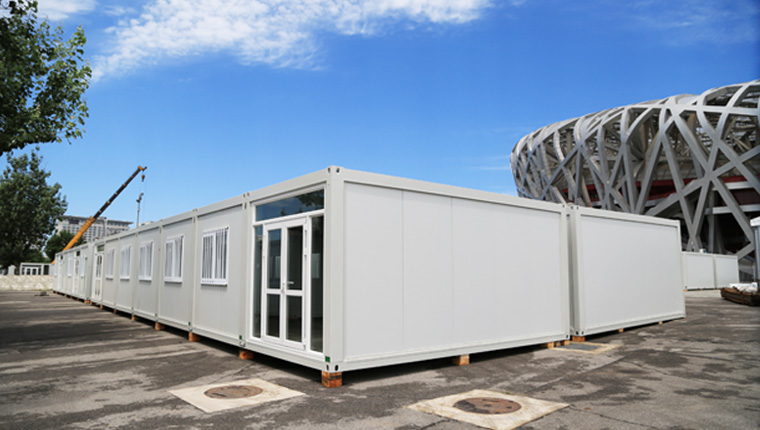
More
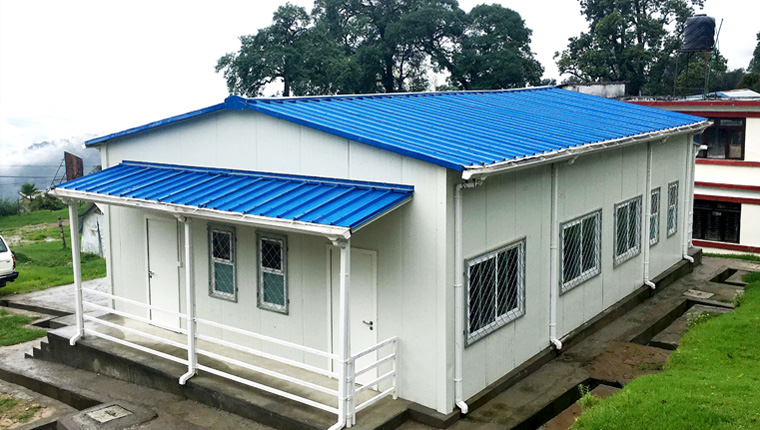
More
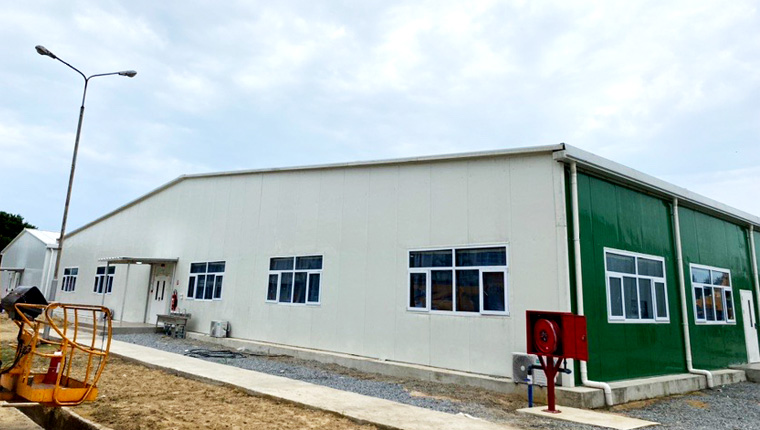
More
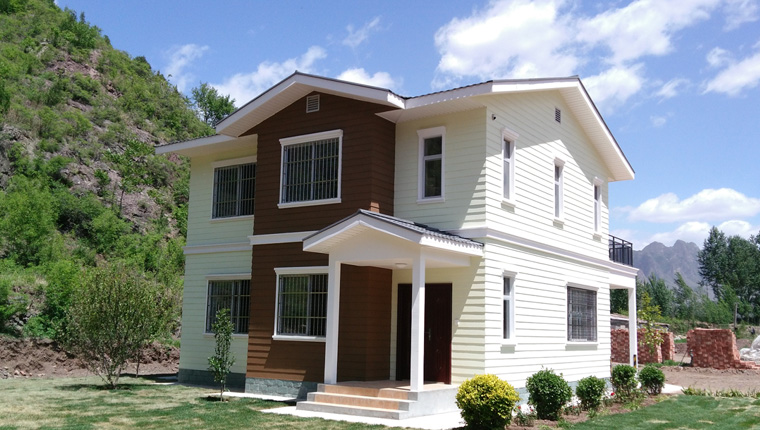
More
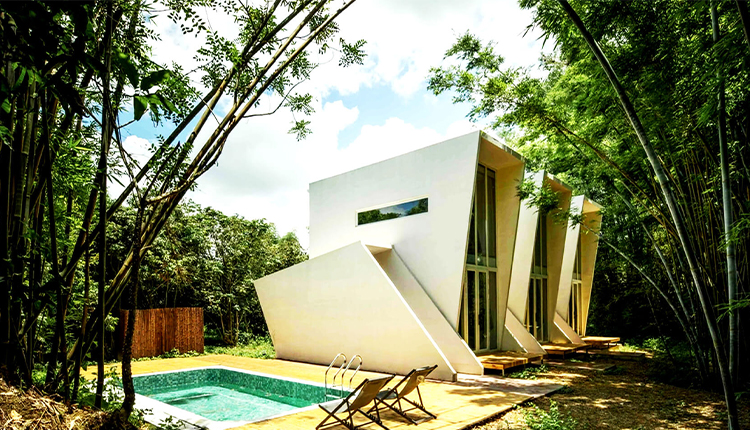
More
Learn More
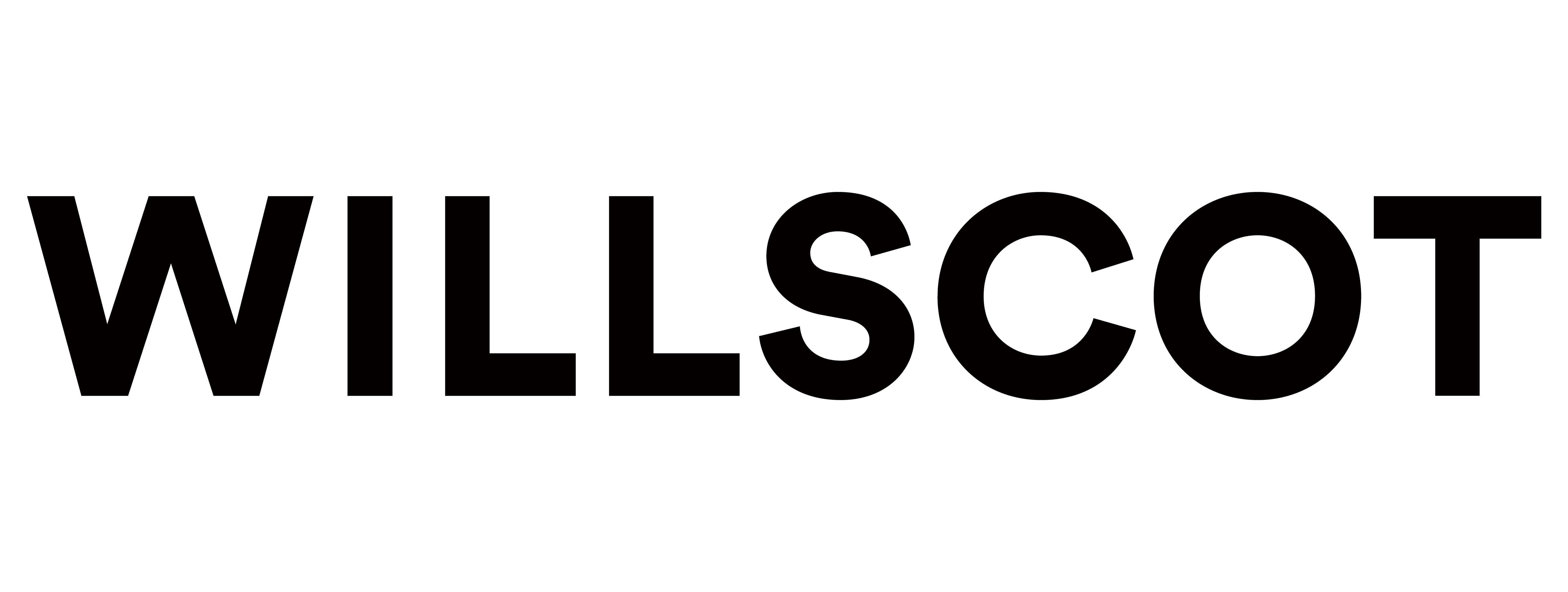

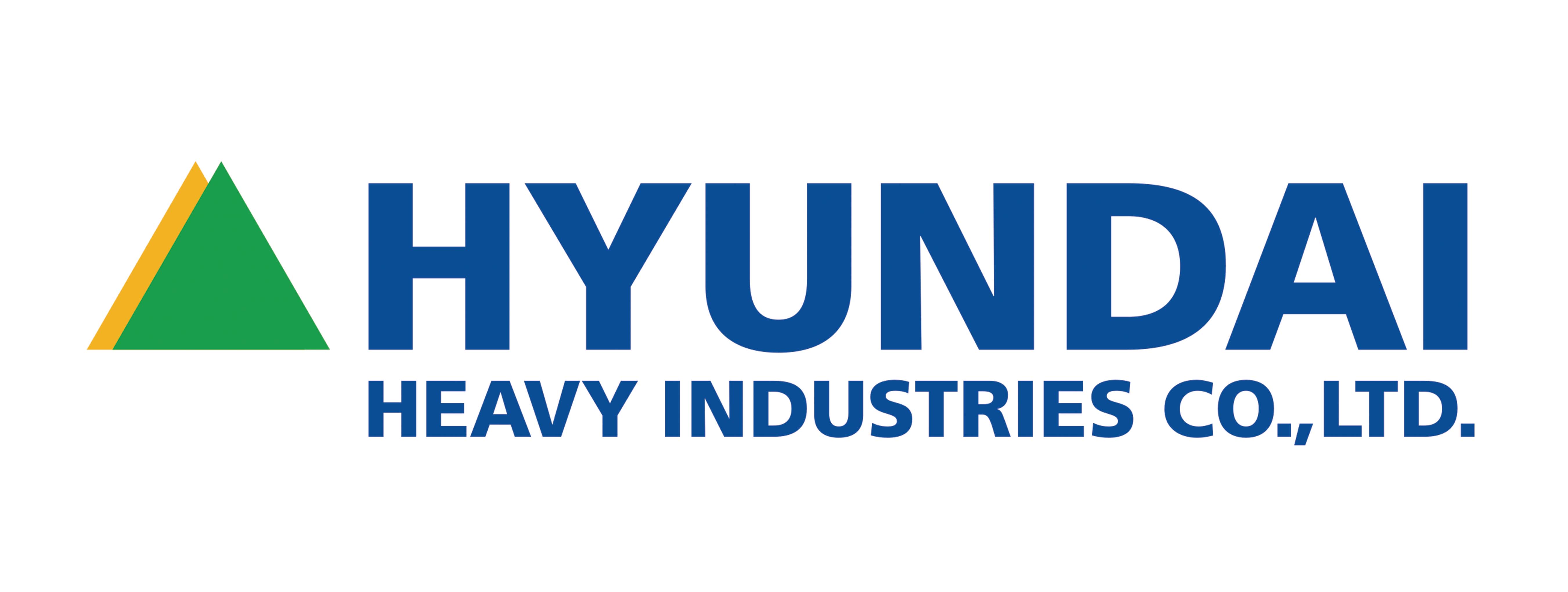
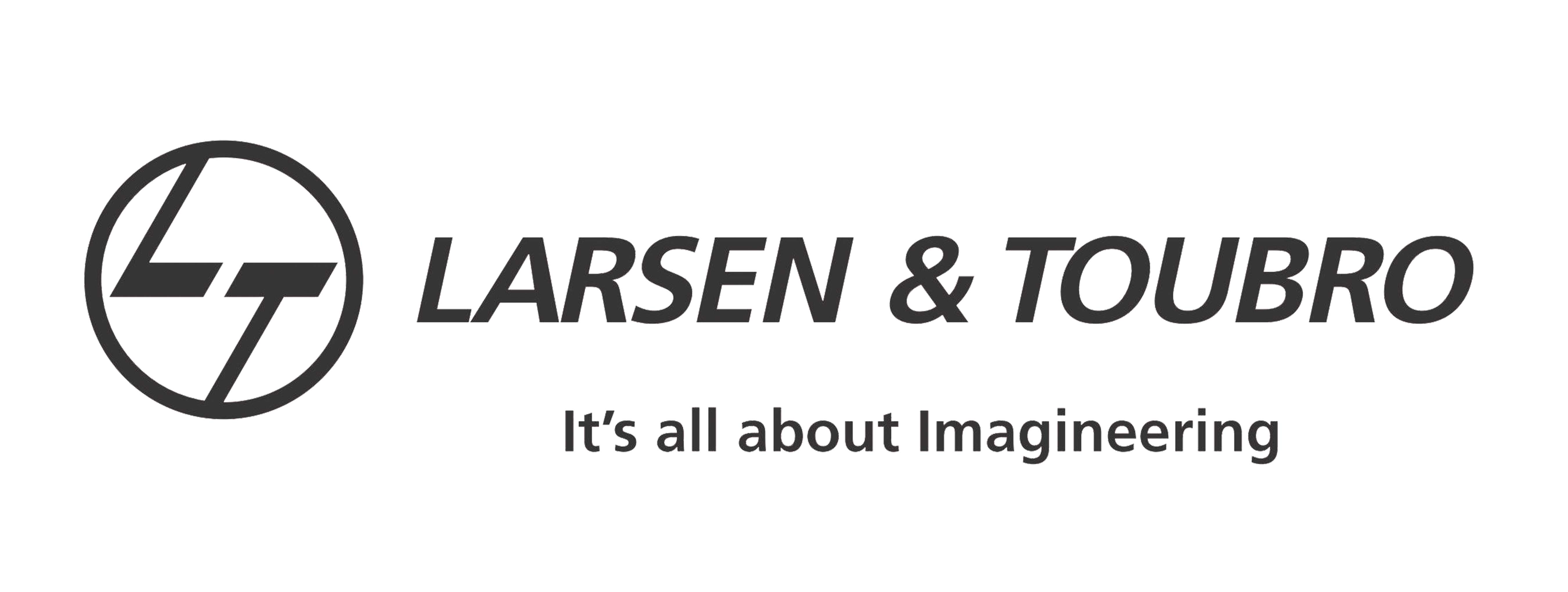
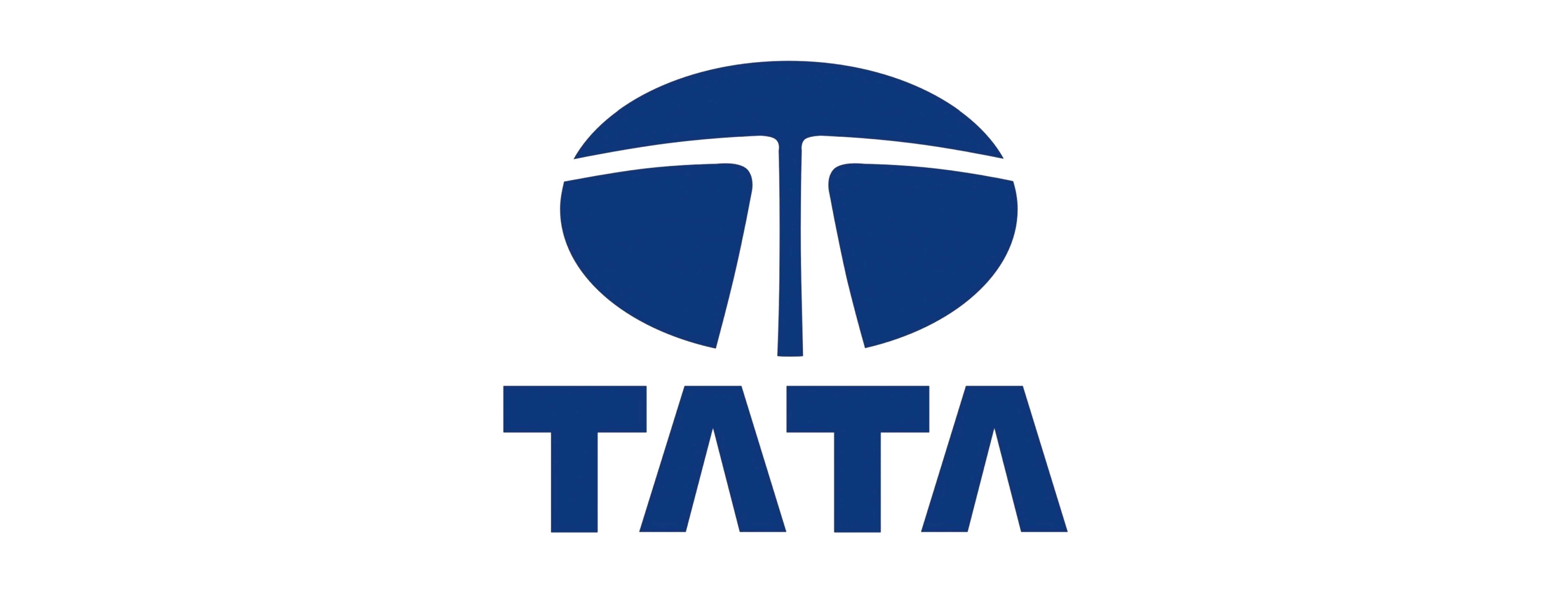

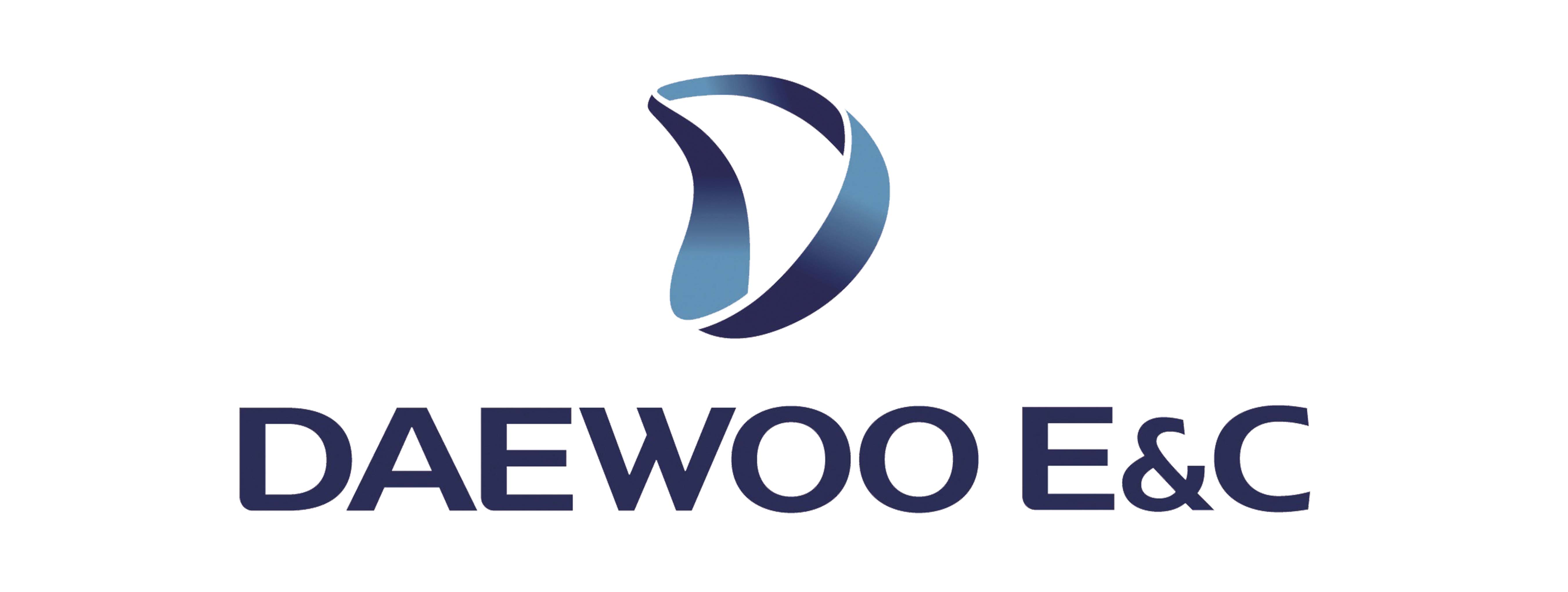
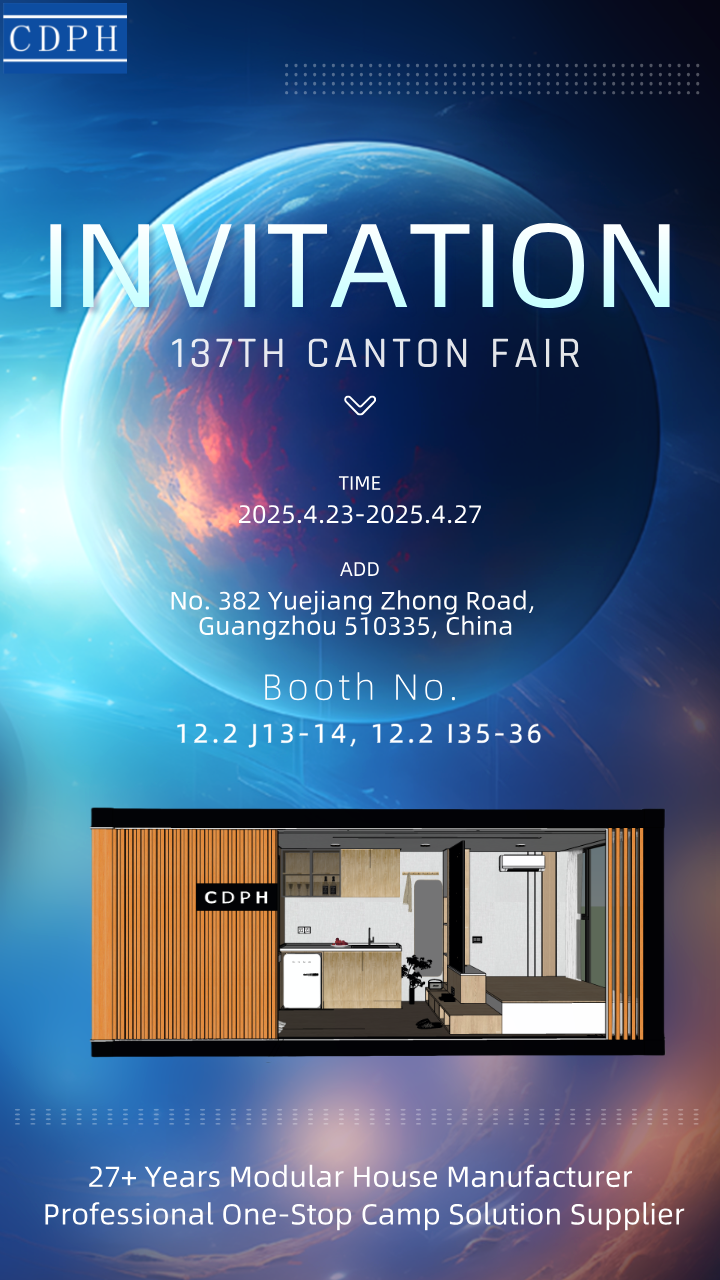


















![Top Advantages of Modular Construction Explained [2025]](/uploads/upload/images/20250424/0fb390068474145a09a8c0504c73b1d2.png)
